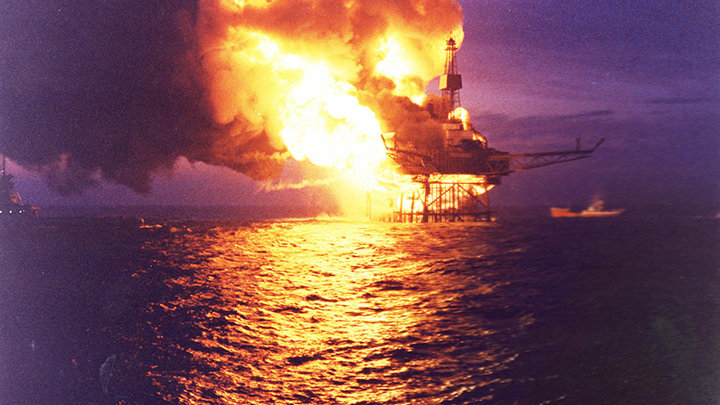Welcome to the beginning of Advanced Safety Engineering! This course is an extremely important one, especially if you are considering becoming a chemical engineer in industry… if so, you will certainly need this course content to build on further and become a professional chemical engineer.
Before coming back to academia, I (Paul Balcombe) spent time in industry designing chemical plants. I wish that I’d had a better grounding in Process Safety when I started because it infiltrates every part of design, commissioning, operation and decommissioning. And so with this course, I aim to give you this grounding. The objective of this course is to introduce key aspects of process safety and to help you to critically assess processes for their safety implications. To do this, we will cover an introduction to different types of hazards and their consequences, including lessons learnt from past incidents. We will cover an introduction to risk management, which are essentially a set of tools that chemical engineers can use to assess and improve the safety of a system design. We will then learn about a specific type of hazard mitigation, pressure relief systems and their associated equipment and design. Finally we will give an introduction to metal stress and corrosion, a common cause of equipment failure.
Here is an outline of the content of the course that will be included over the semester. Note that there is a lot to get through and we will move fast, so it is vital that you attend all lectures and tutorials with a critical mind engaged.
1. Introduction
a. What is it all about
b. Why safety and loss prevention matters to chemical engineers and to the broader community
2. Hazards and their consequences
a. Fundamentals of combustion
b. Limits of flammability
c. Ignition and suppression of flames
d. Explosions, shock waves and runaway reactions
3. Risks management (Risk and reliability, HAZOP, LOPA, SIL)
a. Hazard identification
b. Risk and reliability
c. Hazard and Operability (HAZOP) studies
d. Inherent safety and Layers of Protection Analysis (LOPA)
4. Pressure relief systems
a. Understanding relief valves and systems
b. Identifying overpressure scenarios
c. Sizing relief flows and equipment types
5. Stress and corrosion
a. Mechanics and vessel stress
b. Pressure vessel equipment directives
c. Corrosion in metals
d. Corrosion kinetics
Over the course I have invited several industry safety professionals to provide their expertise and real-world experience and some of this material is covered by them. I must emphasise that all of this material is examinable!
